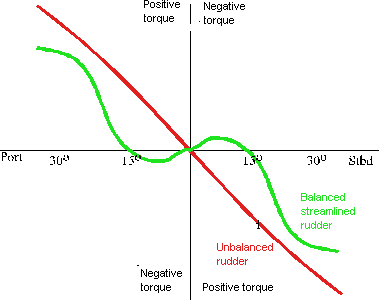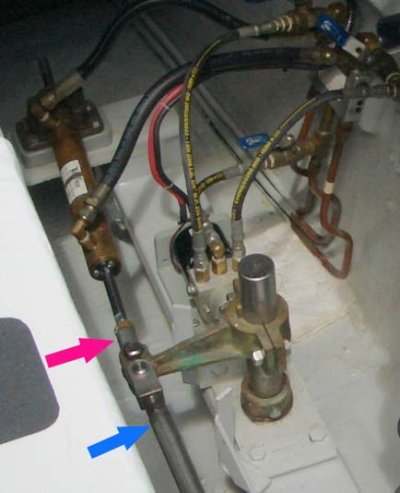717fitz
Member
- Joined
- Mar 20, 2013
- Messages
- 6
- Location
- usa
- Vessel Name
- Sunny Days
- Vessel Make
- Marine Trader Classic
I have a 34 mainship pilot single engine. I have had trouble turning at slow speed. I found the rudder turns further to the port than to the stbd. Is this standard practice for this boat?? Boat tracks straight when auto pilot is showing 0 degrees. This is my first single screw boat. Thanks for any help.


